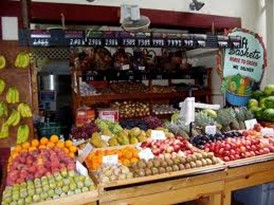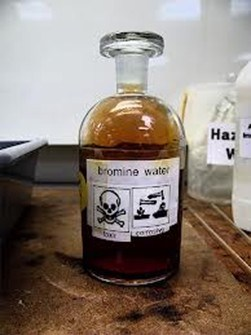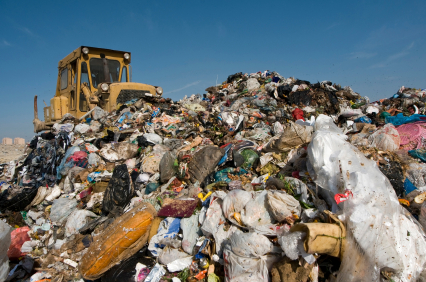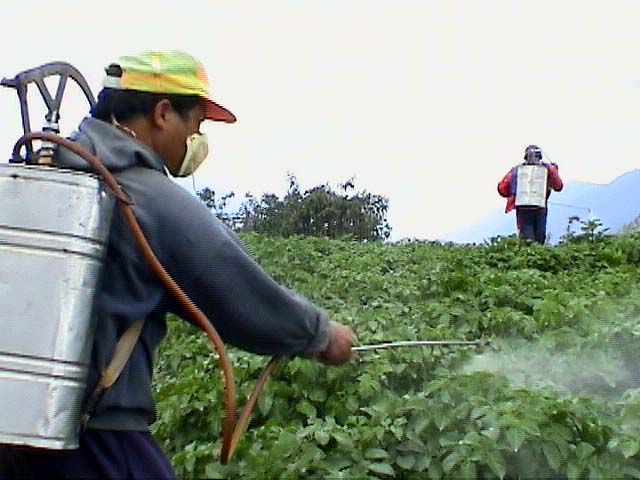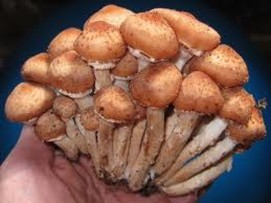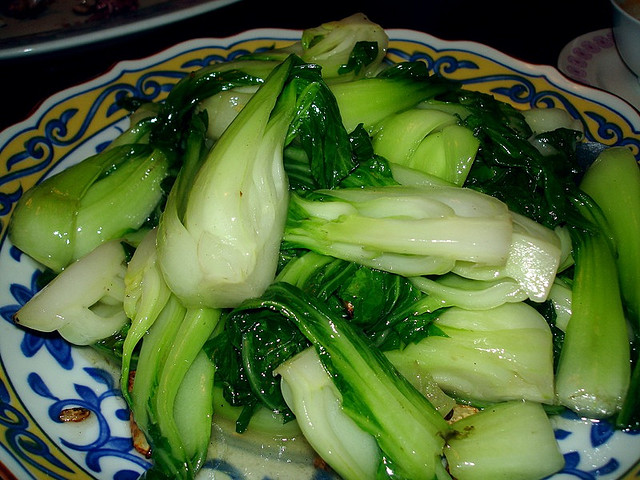Did you know there are over 8,000 farmers’ markets in the U.S.? That’s according to the USDA and that number represents over 3,000 new ones since 2008, when there were about 5,000. There are over 750 just in California – no surprise, really, since we have such great weather for growing — but New York is not far behind. You can search the directory here farmersmarkets.usda.gov and search by location, what they sell, and what kinds of payment are accepted.
That’s 8,000 reasons to have a week dedicated to the farmers who feed us.
In the East Bay, you can find farmers’ markets in Walnut Creek, Orinda, Moraga, Lafayette, Rossmoor, Pleasant Hill, Concord, and two Kaiser locations – and that’s just within a ten-mile radius.
So grab your cloth bags, sunglasses, and sunscreen, and head out to the nearest market to get ready for the coming week.
To learn more about what groups are working to heal our food system, check out the following groups at their websites:
National Sustainable Agriculture Coalition,
National Farm-to-School Network,
National Young Farmers Coalition,
and the USDA’s Sustainable Agriculture Research & Education program.
